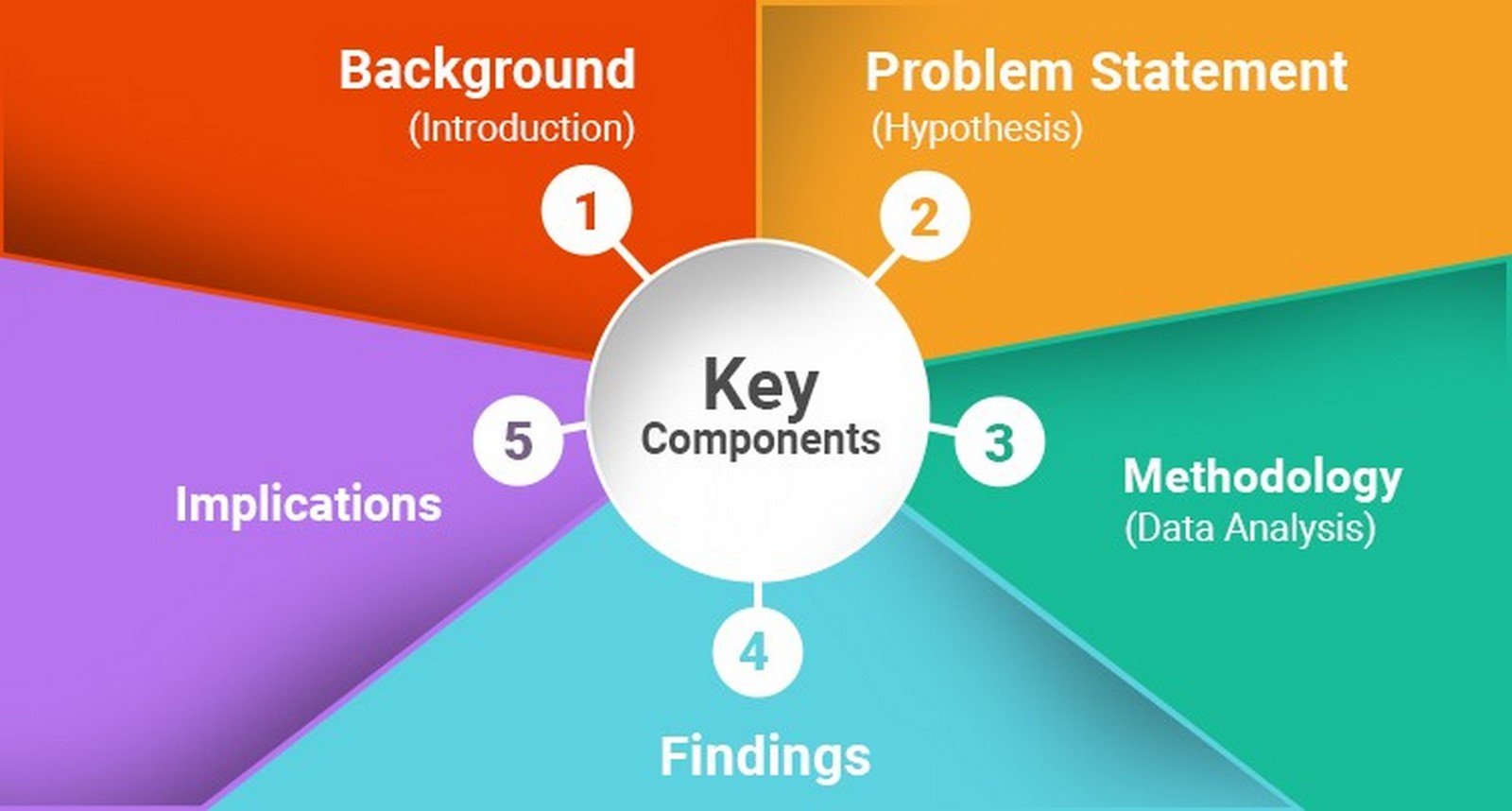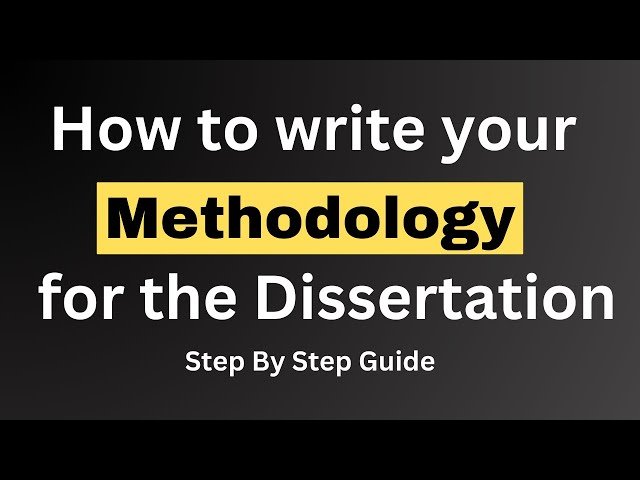how to write methodology in dissertation If you’re working on a dissertation, you’ve likely reached the point where you need to tackle one of the most critical chapters: the methodology. This chapter provides the backbone of your research, outlining how you collected and analyzed data to reach your conclusions. But don’t worry! In this guide, we’ll break down how to write the methodology in a dissertation step by step, ensuring that your work is both clear and impactful.
What Is the Methodology Chapter?
The methodology chapter is where you explain your research approach and techniques. In this section, you’ll describe the methods you used to gather data, how you analyzed it, and why those methods are appropriate for your study. Essentially, this chapter answers two important questions: how did you conduct your research and why did you choose these particular methods?
Why the Methodology Chapter Is Crucial
Writing a clear and detailed methodology is essential for several reasons:
- Justification: It shows why your chosen research methods are appropriate for answering your research questions.
- Replicability: A well-written methodology allows other researchers to replicate your study if needed.
- Transparency: It makes your research process transparent, enhancing the credibility of your dissertation.
Thus, understanding how to write methodology in a dissertation is crucial for your overall success.
Key Elements of a Strong Methodology Chapter
A good methodology chapter should cover the following sections in a structured manner. Let’s walk through the key components and how to write and structure each part how to write methodology in dissertation:
1. Introduction to the Methodology Chapter
Start with a brief introduction to the chapter. This section should outline what will be covered and provide an overview of the research approach, whether it’s qualitative research, quantitative research, or a mix of both.
2. Research Design
The research design is the blueprint of your study. Are you conducting experiments, surveys, interviews, or case studies? Explain whether your study is qualitative research (exploring complex ideas or behaviors) or quantitative research (focused on numerical data and statistical analysis). This section should clearly outline how your research methods align with your research objectives.
3. Participants or Sample
Here, you’ll explain the population or sample you studied. Did you survey a group of people, conduct interviews, or analyze existing datasets? Specify the sample size, selection criteria, and any demographic details that are relevant to your study.
4. Data Collection Methods
Now it’s time to dive into how you collected your data. Did you use questionnaires, observation, interviews, or secondary data sources? Be specific about the tools you used. For example, if you conducted interviews, did you use structured or semi-structured formats? If your research involved surveys, were they distributed online or in person?
5. Data Analysis Techniques
Once you’ve collected your data, how did you analyze it? Discuss the analytical methods you used to process and interpret the data. If you’re conducting quantitative research, you may rely on statistical analysis, regression models, or other numerical techniques. For qualitative research, you might use coding, thematic analysis, or content analysis. Make sure to explain why you chose these techniques and how they helped answer your research questions.
6. Ethical Considerations
It’s essential to address any ethical issues in your study. This could include obtaining informed consent, ensuring the confidentiality of participants, or securing necessary approvals from an ethics board. Showing that you have considered ethical factors strengthens your dissertation’s credibility.
7. Limitations of the Study
No research is without limitations. In this section, acknowledge any weaknesses or constraints in your study. For example, did you face challenges in gathering a large enough sample? Were there any biases that could have impacted the results? Being upfront about these limitations demonstrates that you are critically aware of your research’s scope and limitations.
8. Tools and Instruments Used
If your research involved specific instruments (such as surveys, software, or laboratory equipment), detail them here. Explain how these tools were used and why they were suitable for your study how to write methodology in dissertation.
9. Summary of the Methodology Chapter
Finally, wrap up your methodology with a summary that highlights the key points. Reinforce why your chosen research methods were the best approach for answering your research questions and how the data analysis supports your findings.

Example of a Methodology Chapter Structure
To make things clearer, let’s look at an example of how a methodology chapter might be structured for a dissertation that involves both qualitative research and quantitative research.
- Introduction: Briefly explain what this chapter will cover.
- Research Design: Explain the mixed-method approach combining interviews (qualitative) and surveys (quantitative).
- Participants: Describe the demographic of interviewees and survey respondents, detailing how they were chosen.
- Data Collection: Discuss the tools used (e.g., online surveys, recorded interviews).
- Data Analysis: Explain thematic analysis for the qualitative data and statistical analysis for the survey responses.
- Ethics: Mention obtaining consent from participants and protecting their anonymity.
- Limitations: Acknowledge any biases or challenges faced during data collection.
- Summary: Recap the key points of the methodology.
Essential Takeaways for Writing the Methodology Chapter
Crafting an effective methodology chapter is all about clarity, structure, and justification. Here are the essential takeaways:
- Be Transparent: Clearly explain your research methods and why you chose them.
- Justify Your Choices: Show how your methods align with your research questions.
- Detail Data Collection: Be specific about how you gathered your data.
- Explain Data Analysis: Make sure your readers understand how you analyzed your data and how it supports your conclusions.
- Address Ethics and Limitations: Discuss any ethical issues and limitations openly.
The methodology chapter is how to write methodology in dissertation your opportunity to demonstrate your research skills and provide a clear framework for how you conducted your study.
Read More: Capture the Festive Spirit: Up to 80% Off Camera Devices and Accessories!
Conclusion
Writing the methodology chapter of your dissertation is essential for building the foundation of your research. By following these steps and focusing on transparency, structure, and justification, you’ll ensure that your readers understand the validity of your methods and can follow your research journey. Remember, the methodology isn’t just a technical explanation—it’s your chance to show the thought process behind your research. Good luck, and remember to keep it clear and concise!







